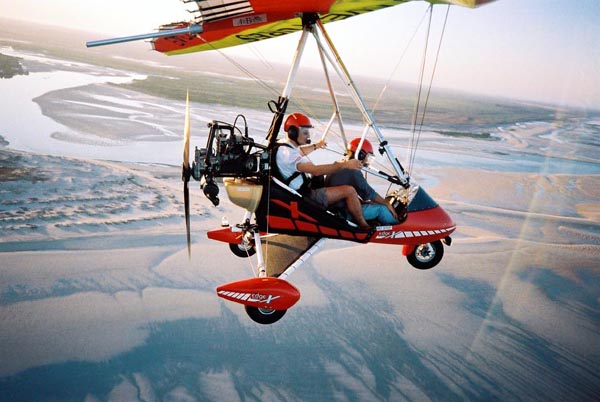ULTRALIGHT AIRCRAFT KIT HOMEBUILT PARAGLIDER
HISTORY PICTURES FACTS AND MORE
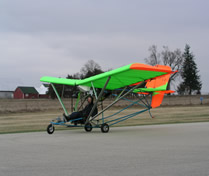 |
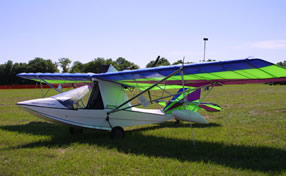 |
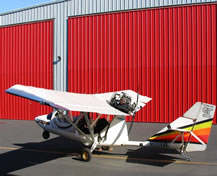 |
The ultralight movement grew out of the sport of hang gliding in the 1970's, when people started to put small engines on foot launched hang gliders.The vehicles developed, became faster, more maneuverable, and landing gear were added. In 1982 the FAA implemented the current ultralight regulation FAR Part 103. Since then ultralight aviation has grown to become a safe and affordable recreational aviation activity.
FAR Part 103 Ultralight VehiclesSOURCE: Docket No. 21631, 47 FR 38776, Sept. 2, 1982, unless otherwise noted. Subpart A - General (a) is used or intended to be used for manned operation in the air by a single occupant; (b) Is used or intended to be used for recreation or sport purposes only; (c) Does not have any U.S. or foreign airworthiness certificate; and (d) If unpowered, weighs less than 155 pounds; or (e) If powered: §103.3 Inspection requirements. §103.5 Waivers. §103.7 Certification and registration. Subpart B - Operating Rules |
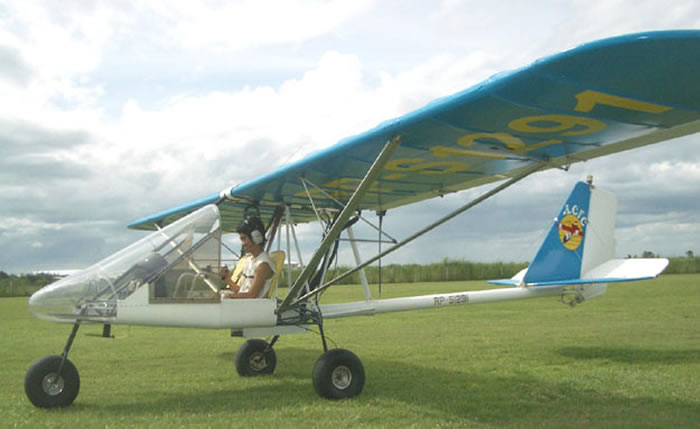
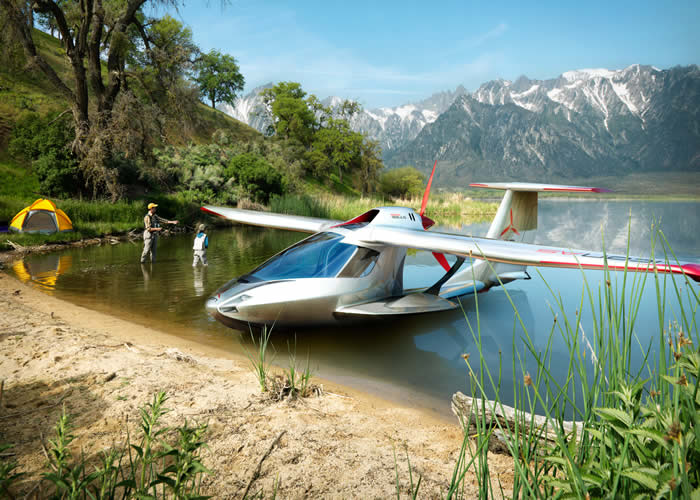
§103.11 Daylight operations. §103.13 Operation near aircraft right-of-way rules. §103.15 Operations over congested areas. §103.17 Operations in certain airspace. §103.17 Operations in certain airspace. §103.19 Operations in prohibited/restricted areas. §103.20 Flight restrictions in the proximity of certain areas designated by notice to airmen. §103.21 Visual reference with the surface. §103.23 Flight visibility and cloud clearance requirements. |
© AviationExplorer.com - The Website For Aviation Enthusiasts |





